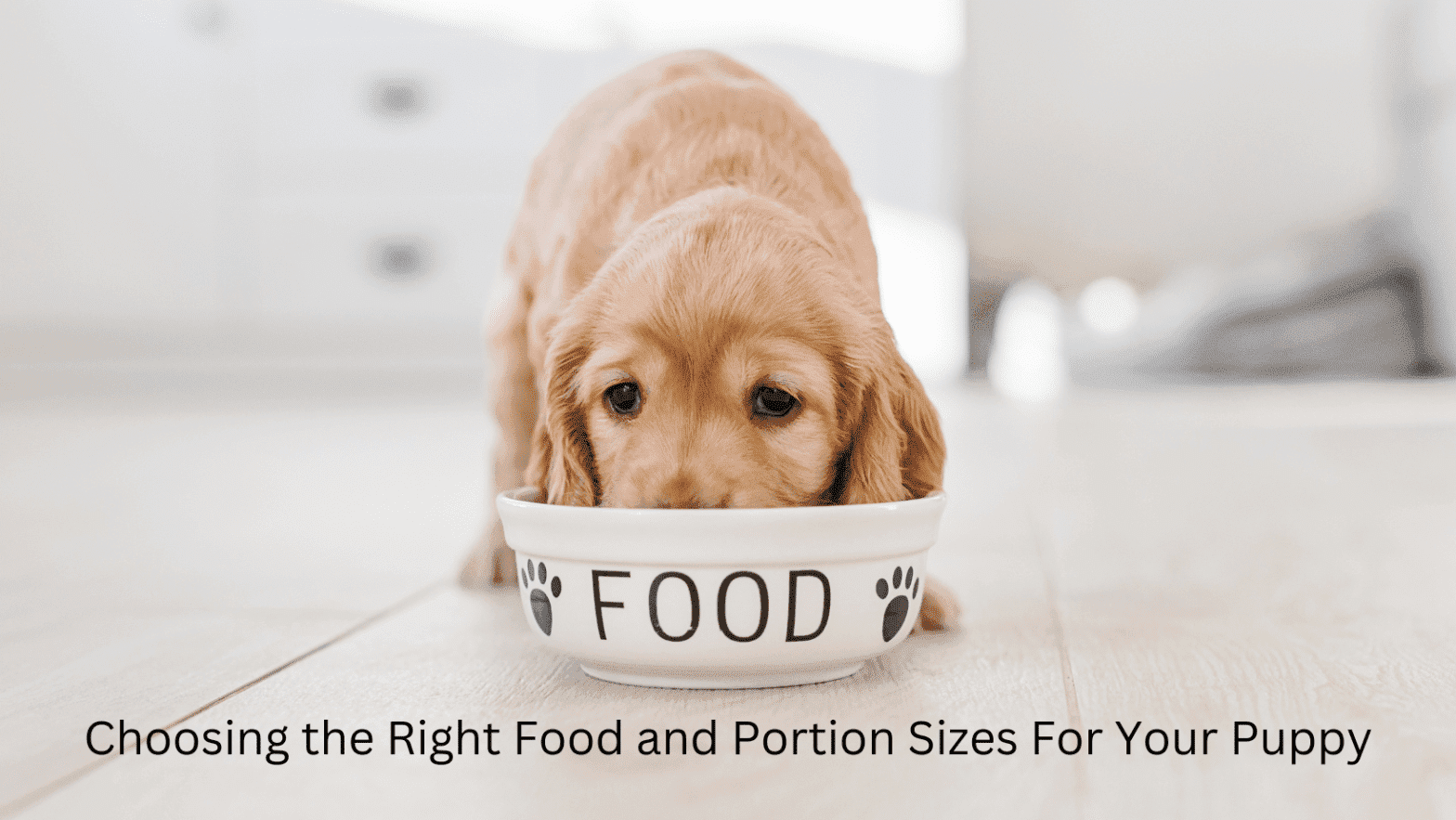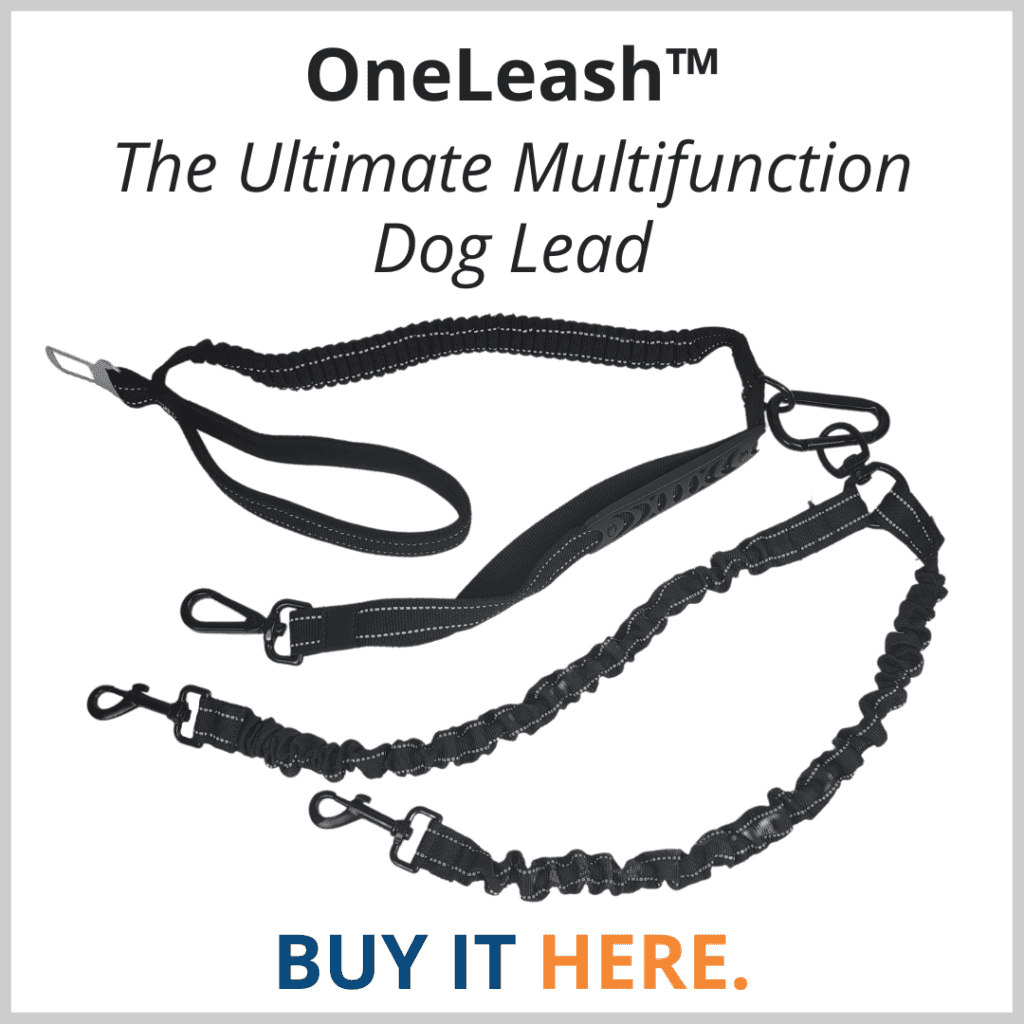Feeding Your Puppy: Choosing the Right Food and Portion Sizes

Admin
Published On Apr 17,2023
Bringing home a new puppy is an exciting time. As a new pet parent, you want to provide your puppy with the best possible care, starting with the right nutrition. The food you choose and the portion sizes you give your puppy can have a significant impact on their health and wellbeing. Here’s what you need to know to choose the right food and portion sizes for your puppy.
Table of Contents
ToggleChoosing the Right Food
When it comes to feeding your puppy, the most important thing is to choose a high-quality dog food that meets their nutritional needs. Look for a food that is specifically formulated for puppies, as they have different nutritional requirements than adult dogs. A good puppy food should contain high-quality protein, fat, and carbohydrates, as well as essential vitamins and minerals.
It’s important to read the label carefully and avoid dog foods that contain fillers, by-products, or artificial preservatives. These ingredients can be harmful to your puppy’s health and may not provide the nutrition they need. You should also avoid giving your puppy table scraps, as they can upset their stomach and lead to weight gain.
If you’re not sure what type of food to give your puppy, talk to your veterinarian. They can recommend a high-quality puppy food that meets your puppy’s specific needs. They can also advise you on how much to feed your puppy based on their age, weight, and activity level.
Tips For Feeding Your Puppy Correctly
When it comes to taking care of your furry friend, feeding them the right food is crucial for their health and growth. If you have a puppy, it’s essential to choose a high-quality dog food that meets their nutritional needs. Here are some important things to consider when choosing the right food for your puppy:
- Look for Puppy-Specific Formulas: Puppies have different nutritional requirements than adult dogs, so it’s important to choose a puppy-specific formula that is tailored to their needs. These formulas usually contain a higher amount of protein and fat, which is necessary for their growth and development.
- Check the Nutritional Content: A good puppy food should contain high-quality protein, fat, and carbohydrates, as well as essential vitamins and minerals. The label should provide information about the percentage of each nutrient, so make sure to read it carefully. You can also look for food with added supplements like Omega-3 and -6 fatty acids for skin and coat health.
- Avoid Harmful Ingredients: Some dog foods may contain fillers, by-products, or artificial preservatives, which can be harmful to your puppy’s health. These ingredients may not provide the nutrition they need and can cause digestive issues, allergies, or even serious health problems. Avoid foods that contain chemicals like BHA, BHT, or ethoxyquin.
- Say No to Table Scraps: While it may be tempting to share your meals with your puppy, it’s not a good idea. Table scraps are often high in fat and calories, which can upset your puppy’s stomach and lead to obesity. They can also contain ingredients that are toxic to dogs, like onions, garlic, or chocolate.
- Consult Your Veterinarian: If you’re not sure what type of food to give your puppy, it’s always best to consult with your veterinarian. They can recommend a high-quality puppy food that meets your puppy’s specific needs. They can also advise you on how much to feed your puppy based on their age, weight, and activity level.
For example, if you have a large breed puppy, they may need a food with a lower calcium content to prevent bone problems. If your puppy has allergies, your veterinarian may suggest a hypoallergenic formula. Remember that every puppy is different, so it’s essential to choose a food that works best for your furry friend’s individual needs. - Consider Your Budget: High-quality dog food can be expensive, but it’s an investment in your puppy’s health. Consider your budget when choosing the right food for your puppy. It’s important to find a balance between cost and quality. Keep in mind that cheaper brands may contain lower-quality ingredients that can affect your puppy’s health in the long run.
- Watch Your Puppy’s Weight: It’s important to monitor your puppy’s weight and adjust their food intake accordingly. Overfeeding can lead to obesity and health problems, while underfeeding can cause malnutrition and growth issues. Follow the feeding guidelines on the food label, but also pay attention to your puppy’s appetite and activity level. If you notice significant weight changes, consult with your veterinarian.
- Introduce New Food Gradually: When switching to a new food, it’s important to do it gradually. Sudden changes in diet can cause digestive problems like diarrhea or vomiting. Start by mixing a small amount of the new food with the old food and gradually increase the proportion over several days. This will allow your puppy’s digestive system to adjust to the new food.
- Store Food Properly: To maintain the quality of the food, it’s important to store it properly. Dog food can go bad if exposed to heat, moisture, or air. Keep the food in a cool, dry place, preferably in an airtight container. Avoid storing food in the garage or outside, as it can attract pests or spoil.
- Pay Attention to Food Recalls: From time to time, dog food may be recalled due to safety concerns. Keep an eye on the news and check the FDA website for any recalls. If your puppy’s food is recalled, stop feeding it immediately and contact your veterinarian.
Portion Sizes
Feeding your puppy the right amount is just as important as choosing the right food. Puppies have different calorie needs than adult dogs, and their portion sizes should reflect this. Overfeeding your puppy can lead to obesity and health problems later in life, while underfeeding can cause stunted growth and malnutrition.
The amount of food your puppy needs will depend on their age, weight, and activity level. Most puppy foods have feeding guidelines on the label, which can give you a general idea of how much to feed your puppy. However, it’s important to remember that these guidelines are just that – guidelines. Your puppy’s individual needs may vary, so it’s important to monitor their weight and adjust their portion sizes accordingly.
As a general rule, puppies should be fed three to four small meals per day until they are about six months old. After that, you can reduce the number of meals to two per day. Always provide fresh water for your puppy and avoid giving them treats or snacks that could add extra calories.
Hot Tip
The Takeaway
Overall, Feeding your puppy the right food and portion sizes is essential for their health and wellbeing. Choose a high-quality puppy food that meets their nutritional needs and avoid fillers and artificial preservatives. Feed your puppy the appropriate amount based on their age, weight, and activity level, and monitor their weight to ensure they are growing at a healthy rate. With the right nutrition and care, your puppy can grow into a healthy and happy adult dog.





